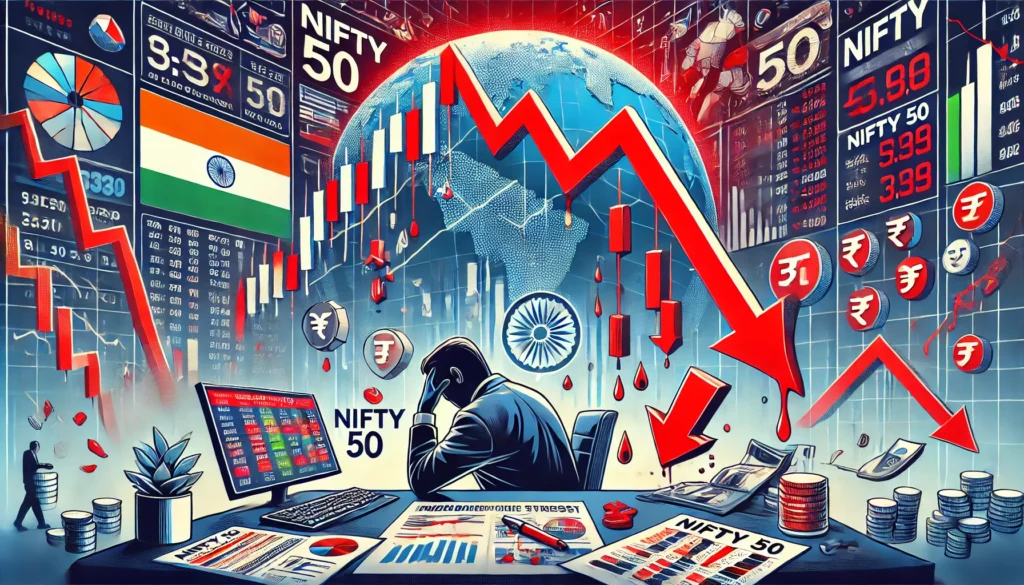The exuberant decade of the 1920s had seen exceptional growth and development coupled with stock market and industrial growth in America. However, this exceptional period met severe repercussions with the crashing of the stock market, which in fact was the reason behind the Great Depression, the worst economic downfall in history.
The Build-Up: The Roaring Twenties and Market Euphoria
As with every period prior, the US economy kept on staying strong in the 1920s due to uses of technology, mass production, and increased consumer spending. During those years the stock market had reflected people’s optimism by indicating rapid growth; “The Dow Jones Industrial Average” exceeded expectations as there was a high influx of investors and buyers. People were so optimistic that there was an expectation that the prices of everything, including stocks, would increase or renew yearly.
During the years leading up to inflation, buying stocks on the market by investors through margin buying was common. Prices of all commodities kept on inflating, and expecting to make a profit margin buying yielded large benefits. This put the investors at a considerable risk due to the threat of a change in price levels.
The Crash: Black Thursday, Black Monday, and Black Tuesday
By mid-1929, the economy started facing challenges. Corporate collection became more and more out of sync with the rest of the market, and stock prices and unemployment rates started to increase while industrial production started to slow down. Issues concerning prices and resource allocation mixed with over speculation could also be seen during those times.
Black Thursday (October 24, 1929): Shares can be sold without a set limit, resulting in excessive prices exceeding the expectation set, leading to stock market shares plunging. People lost control and went on a panic buying/trading spree where everything surpassed the penalties needed. The maximum amount of shares sold on a single day exceeded 13 million, starting around the beginning of the fourth week of October.
Black Tuesday (October 29, 1929) The stock market registered a catastrophic downfall as a record number of shares, 16 million, changed hands. Investors were struck with billions in losses while the Dow Jones Industrial Average plummeted by nearly twelve percent in a single day, which signaled the onset of an economic calamity.
The Aftermath: The Great Depression Takes Hold
The crash eroded people’s trust in the economy. Businesses that invested in stocks began failing one after the other. The economic trauma that followed resulted in complete bank failures and soaring levels of unemployment. In the year 1933, almost twenty-five percent of the labor force in the United States was unemployed.
The economic turmoil resulted in widespread famine, chaos, and changes in administrative practices across the globe. President Franklin D. Roosevelt put forth the New Deal, which encompassed a multitude of changes, including economic recovery strategies, banking supervision, and infrastructure development, all of which were targeted towards repairing the nation’s economy.
Lessons from the 1929 Crash
- Speculative Bubbles Are Dangerous—Unrestrained speculation is set up to foster unchecked and unrealistic price increases, ensuring that stock prices do not always remain within safe measures of collapse of the market.
- Leverage Magnifies Risk—Making use of leverage in investments can lead to profits when economic conditions are perfect; however, this approach can be considered economically devastating in times of market deterioration.
- Economic Fundamentals Matter—In economic reality, stock value would ideally be based off of business earnings, but because established businesses tend to overspend, the market no longer can make that speculation.
- Government Intervention Is Necessary— The crash brought forth new financial regulations, such as establishing the Securities and Exchange Commission, which was created to avoid market manipulation and ensure openness.
Modern Equivalents
Other financial crises also took place throughout history, like the 2000 dot-com bubble and the 2008 financial crisis. The outcomes of the year 1929 guide us as to how the absence of control over speculation, aggressive risk-taking, and neglecting economic indicators can lead to devastating results.
Knowing the reasons and repercussions of the 1929 economic collapse enables a modern investor to approach the market carefully and avoid making the same mistakes of the past.



